
Book Review: Cities for People by Jan Gehl

“Cities for People” by Jan Gehl is a transformative book on urban design, speaking for human-centered city planning. Gehl, a renowned Danish architect, emphasizes designing cities that prioritize people over cars, enhancing walkability, bikeability, and social interaction. The book discusses creating public spaces that foster community engagement, with practical examples from cities like Copenhagen and New York City. Gehl argues for human-scale design, integrating architecture and urban planning to make cities more livable and sustainable. While some critics highlight challenges in implementing these ideas, particularly in car-centric cities, Gehl’s work remains a crucial guide for creating vibrant, people-friendly urban environments.
Introduction
“Cities for People” by Jan Gehl is a seminal work that addresses urban design and the human-centered approach to city planning. The book emphasizes the importance of creating urban spaces that prioritize people over cars, fostering vibrant, livable, and sustainable communities. Based on his extensive experience as an architect and urban designer, Gehl formulates his insights and recommendations. By using practical examples and theoretical justification, Gehl is challenging city planning concepts that are biased towards vehicles and neglecting pedestrians. The book is a complete guide to know about and develop urban spaces that serve their inhabitants the most. Using detailed case studies and empirical evidence, Gehl provides a way for the citizens to turn their cities into a more welcoming and more human-centric environment. It is a book that calls into question the modernist urban planning model as well as a review of what cities are capable of when they prioritize human beings in their design.

Author Background
Jan Gehl, a Danish architect and urban design consultant, is renowned for his contributions to improving urban environments. His philosophy focuses on making cities more pedestrian-friendly and enhancing the quality of urban life. Gehl’s work has influenced city planning around the world, from Copenhagen to Melbourne and New York City.
Gehl’s extensive body of work has profoundly influenced city planning practices globally. In Copenhagen, his innovative strategies have been instrumental in the city’s evolution into one of the world’s most livable urban centers. His methodologies have been implemented to promote cycling, pedestrian zones, and vibrant public spaces, setting a benchmark for urban design.
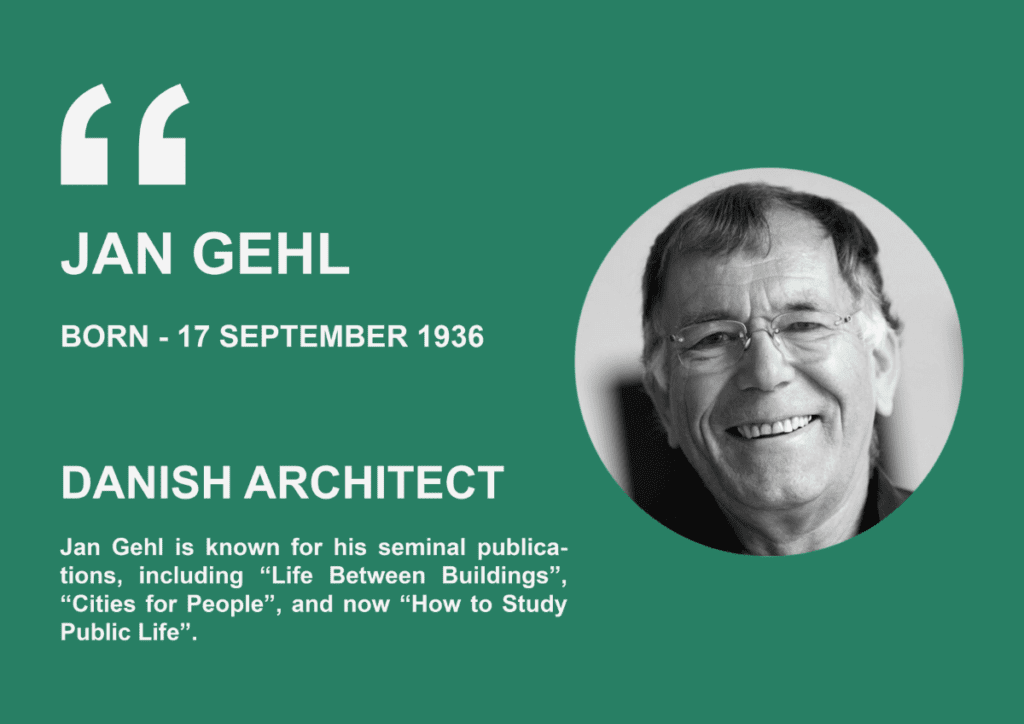
Source: author
Central Thesis
The aim of “Cities for People” is the necessity to create cities with humans in mind. Gehl’s point is that urban spaces should be designed to fulfill human needs and behaviors, thereby allowing for the development of communities through communication, movement and sense of community. The point of Gehl is that car-oriented planning is dominating but he is pushing for the shift of city planning to certric human-scale urbanism. Targeting pedestrians, cyclists and public transportation, this type of urbanism is about creating environments where people can call home, work and socialize easily. He shows that cities should be the places that contribute to the thriving of people, not only their survival. The strategy he proposes includes a holistic built environment design that incorporates the aspects of safety, sustainability, and social interaction. By providing clear instructions on how to revamp urban areas according to these guidelines, the book goes through the strategies in steps like widening sidewalks or setting up nice public squares. Gehl’s dream is a treaty to all the urban planners and decision-makers to change the way they have been doing things and instead come up with cities that are on the uplift of the quality of life.
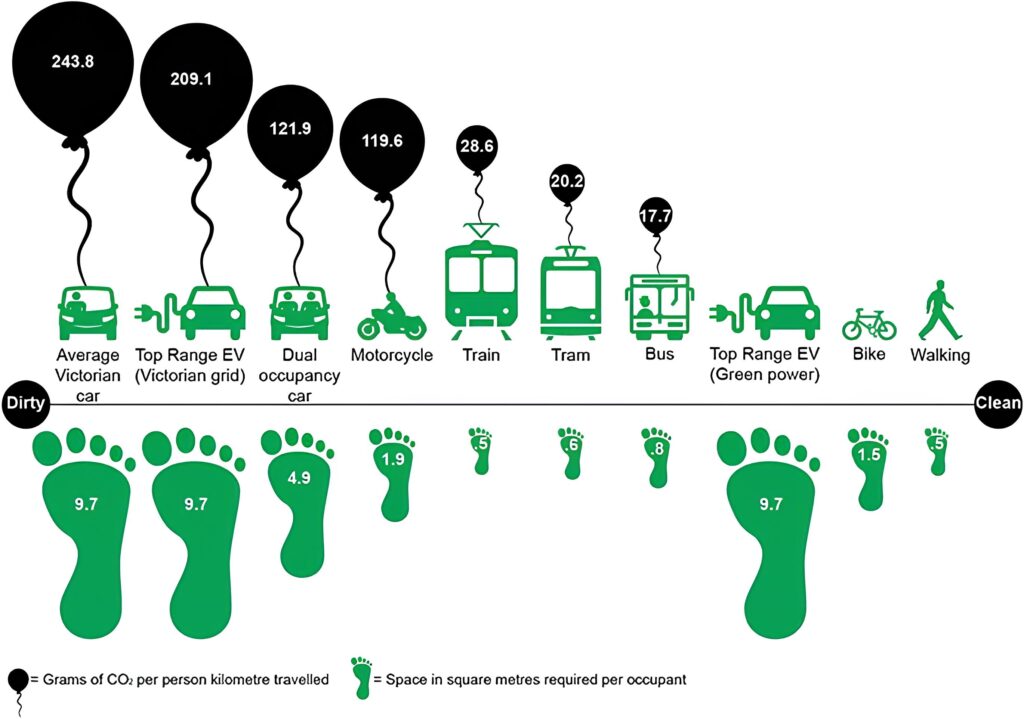
Human Scale Design
Gehl’s main emphasis is on the concept of the human scale in design. He illustrates in his speech, the ways in which cities need to be built so as to take into account the normal person’s sensory and physical abilities. This means creating streets that people can cross on foot, the construction of public spaces, and the development of buildings that are in harmony with the human dimensions. However, Gehl delves into the “human scale” topic adding that urban surroundings need to be aesthetically pleasing and easily available to people. He holds the view that massive, one-purpose edifices and large thoroughfares heighten the division of people, making urban environments cold and scary. On the contrary, he presents an argument in favor of progressive, low-scale projects that stimulate pedestrian and cycling traffic and cut down on the “car-oriented” life. According to Gehl the proper plan of the cities from the human scale could bring society closer and be more inviting, thus a feeling of a common lifestyle and belonging would develop. In addition, it decreases the chances of crime, as places with good environment will automatically be considered secured and thereby, people will feel more cautious.
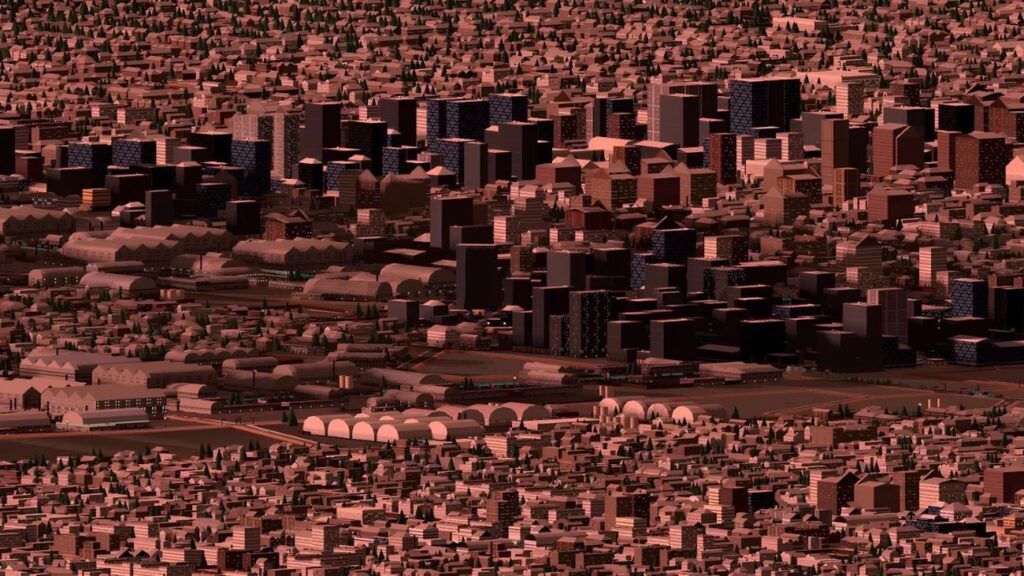
Public Spaces and Social Interaction
One of the book’s key themes is the role of public spaces in facilitating social interaction. Gehl demonstrates how well-designed squares, parks, and pedestrian zones encourage community engagement and vibrant urban life. He provides examples, such as the transformation of Copenhagen’s Strøget into a bustling pedestrian street, illustrating how public spaces can enhance social cohesion. Gehl stresses that these spaces should be accessible, inviting, and multifunctional, catering to diverse activities and age groups. He argues that well-designed public spaces become the heart of urban life, promoting social well-being and civic pride. Additionally, the book highlights the psychological benefits of good public spaces, such as reduced stress and increased happiness, underscoring their importance in creating healthy, thriving communities.

Walkability and Bikeability
Gehl strongly advocates for walkability and bikeability as crucial components of urban design. He presents compelling evidence on the benefits of walking and cycling, including improved public health, reduced traffic congestion, and lower environmental impact. The book highlights strategies to create safe and attractive conditions for pedestrians and cyclists. Gehl argues that cities should prioritize infrastructure that supports these modes of transportation, such as wide sidewalks, protected bike lanes, and ample crossing points. He illustrates how cities like Copenhagen and Amsterdam have successfully integrated walking and cycling into their urban fabric, resulting in more vibrant and livable environments. Gehl also shows the economic benefits of walkable and bikeable cities, noting that such areas tend to attract more businesses and tourism. By promoting active transportation, cities can not only improve the quality of life for their residents but also contribute to broader environmental and economic goals.

Real World Examples
Gehl showcases transformations in places like Copenhagen, where pedestrian-friendly initiatives have revitalized urban life. These examples serve as practical illustrations of the book’s concepts. For instance, Gehl discusses the pedestrianization of Times Square in New York City, which has created a more welcoming and dynamic public space. He also highlights Melbourne’s extensive laneway revitalization, which has turned previously neglected alleys into bustling cultural hubs. These case studies demonstrate the tangible benefits of human-centered design, from increased foot traffic and economic activity to improved public health and social cohesion. Gehl uses these examples to inspire and guide urban planners and policymakers, showing that positive change is possible even in car-dominated cities. The book’s case studies are a testament to the transformative power of thoughtful urban design.
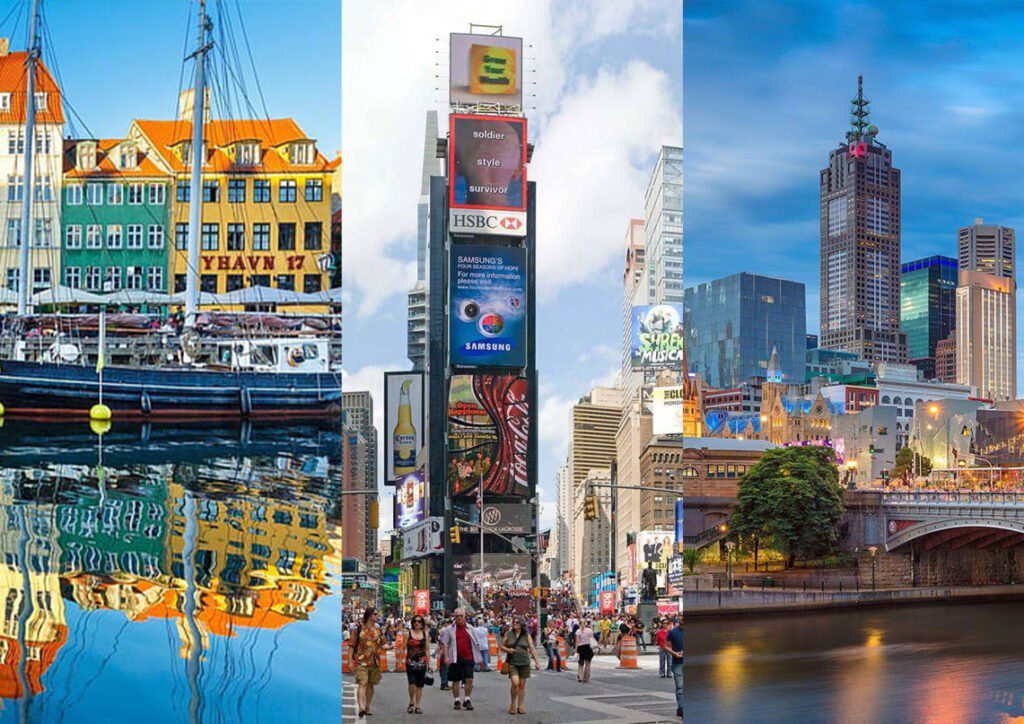
Source: author
Role of Architecture and Urban Design
Gehl explores the interplay between architecture and urban design in creating livable cities. He discusses how building design, street layout, and public amenities can work together to enhance the urban experience. The book emphasizes the importance of integrated planning and thoughtful design in achieving human-centered cities. Gehl argues that architecture should not only focus on individual buildings but also consider their impact on the surrounding public spaces. He advocates for mixed-use developments that combine residential, commercial, and recreational functions, creating more dynamic and vibrant urban spaces. Gehl also highlights the need for architects and urban planners to collaborate closely, ensuring that buildings and public spaces are designed cohesively. By considering factors such as building height, street width, and the placement of public amenities, cities can create environments that encourage social interaction and foster a sense of community. This holistic approach to urban design is key to creating cities that are both functional and enjoyable for their residents.

Environmental Sustainability
Gehl explores the interplay between architecture and urban design in creating livable cities. He discusses how building design, street layout, and public amenities can work together to enhance the urban experience. The book emphasizes the importance of integrated planning and thoughtful design in achieving human-centered cities. Gehl argues that architecture should not only focus on individual buildings but also consider their impact on the surrounding public spaces. He advocates for mixed-use developments that combine residential, commercial, and recreational functions, creating more dynamic and vibrant urban spaces. Gehl also highlights the need for architects and urban planners to collaborate closely, ensuring that buildings and public spaces are designed cohesively. By considering factors such as building height, street width, and the placement of public amenities, cities can create environments that encourage social interaction and foster a sense of community. This holistic approach to urban design is key to creating cities that are both functional and enjoyable for their residents.

Criticism and Limitations
While “Cities for People” is widely praised, it is not without its criticisms. Some readers may find Gehl’s ideas idealistic or challenging to implement in cities with deeply entrenched car-centric infrastructures. Additionally, the book may seem overly focused on Western cities, with less attention given to the unique challenges of urban planning in the Global South. Critics argue that while Gehl’s principles are sound, they require significant political will, funding, and cultural shifts to be fully realized. There is also a concern that the book does not adequately address issues of social equity, such as ensuring that all residents, regardless of income, have access to well-designed public spaces. Despite these criticisms, “Cities for People” remains a valuable resource for anyone interested in urban design. It provides a compelling vision of what cities can become when they prioritize people, offering practical guidance and inspiration for creating more livable urban environments.

Conclusion
“Cities for People” by Jan Gehl is an influential and thought-provoking book that makes a compelling case for human-centered urban design. Gehl’s insights and practical examples offer valuable guidance for planners, architects, and policymakers seeking to create more livable, sustainable, and vibrant cities. The book is a must-read for anyone interested in the future of urban living. It challenges conventional approaches to city planning and provides a roadmap for creating urban spaces that truly serve the needs of their inhabitants. By focusing on the human experience, Gehl’s work inspires a new way of thinking about urban design, one that prioritizes people over cars and community over convenience. “Cities for People” is not just a critique of modern urbanism but a hopeful vision of what cities can achieve when they put people at the heart of their design.
References
1. Gehl, J. (2010). Cities for People
2. Gehl Architects. (n.d.). Jan Gehl: The Life of an Architect. Retrieved from [Gehl Architects https://gehlpeople.com/
3. Speck, J. (2012). *Walkable City: How Downtown Can Save America, One Step at a Time*. Farrar, Straus and Giroux.
4. Project for Public Spaces. (n.d.). What Makes a Successful Place?https://www.pps.org/article/grplacefeat
Hemant Nimje
Hemant Nimje, an undergraduate architecture student at Hindustan Institute of Technology and Science, Chennai, and a semester exchange student at Politecnico di Milano. With a diploma in Civil Engineering from DY Patil University, Pune, his interests span graphic design, visualization, and photography. He has published with NASA India and won an international design competition with Archiol. He uses architectural writing as a means to articulate his ideas and theories in urban design and architecture.
Related articles



History of Urban Planning in India
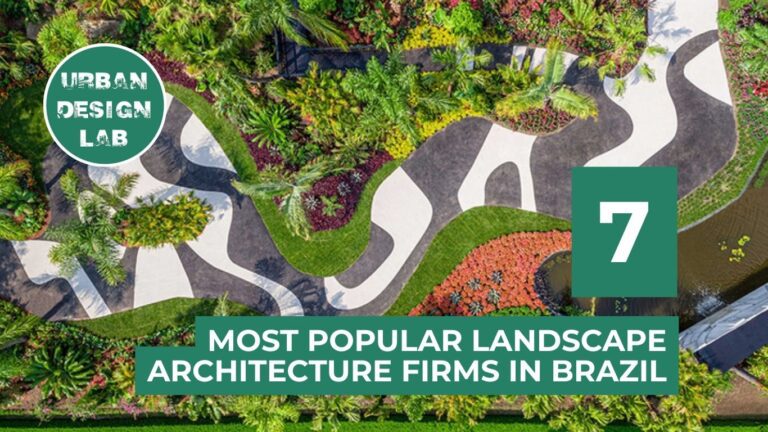
Top 7 Landscape Architecture Firms in Brazil You Should Know
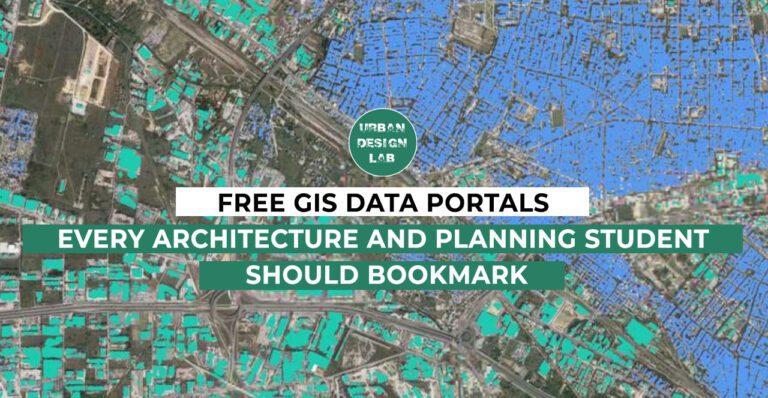
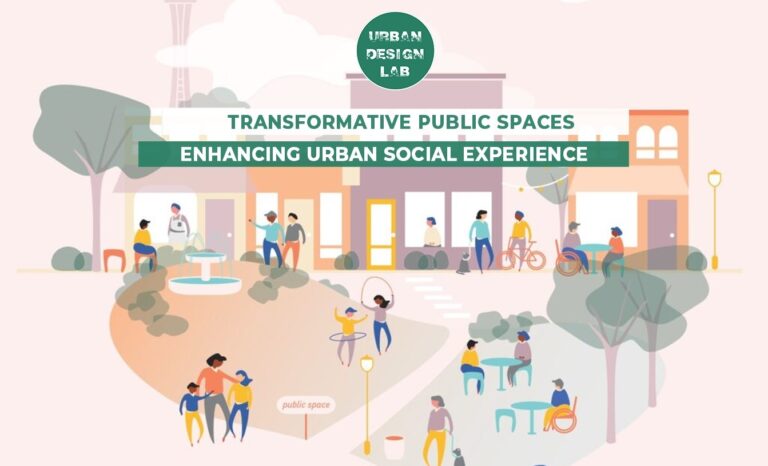
UDL GIS
Masterclass
Gis Made Easy- Learn to Map, Analyse and Transform Urban Futures
Session Dates
15th-19th December 2025

Urban Design Lab
Be the part of our Network
Stay updated on workshops, design tools, and calls for collaboration
Curating the best graduate thesis project globally!

Free E-Book
From thesis to Portfolio
A Guide to Convert Academic Work into a Professional Portfolio”
Recent Posts
- Article Posted:
- Article Posted:
- Article Posted:
- Article Posted:
- Article Posted:
- Article Posted:
- Article Posted:
- Article Posted:
- Article Posted:
- Article Posted:
- Article Posted:
- Article Posted:
Sign up for our Newsletter
“Let’s explore the new avenues of Urban environment together “

























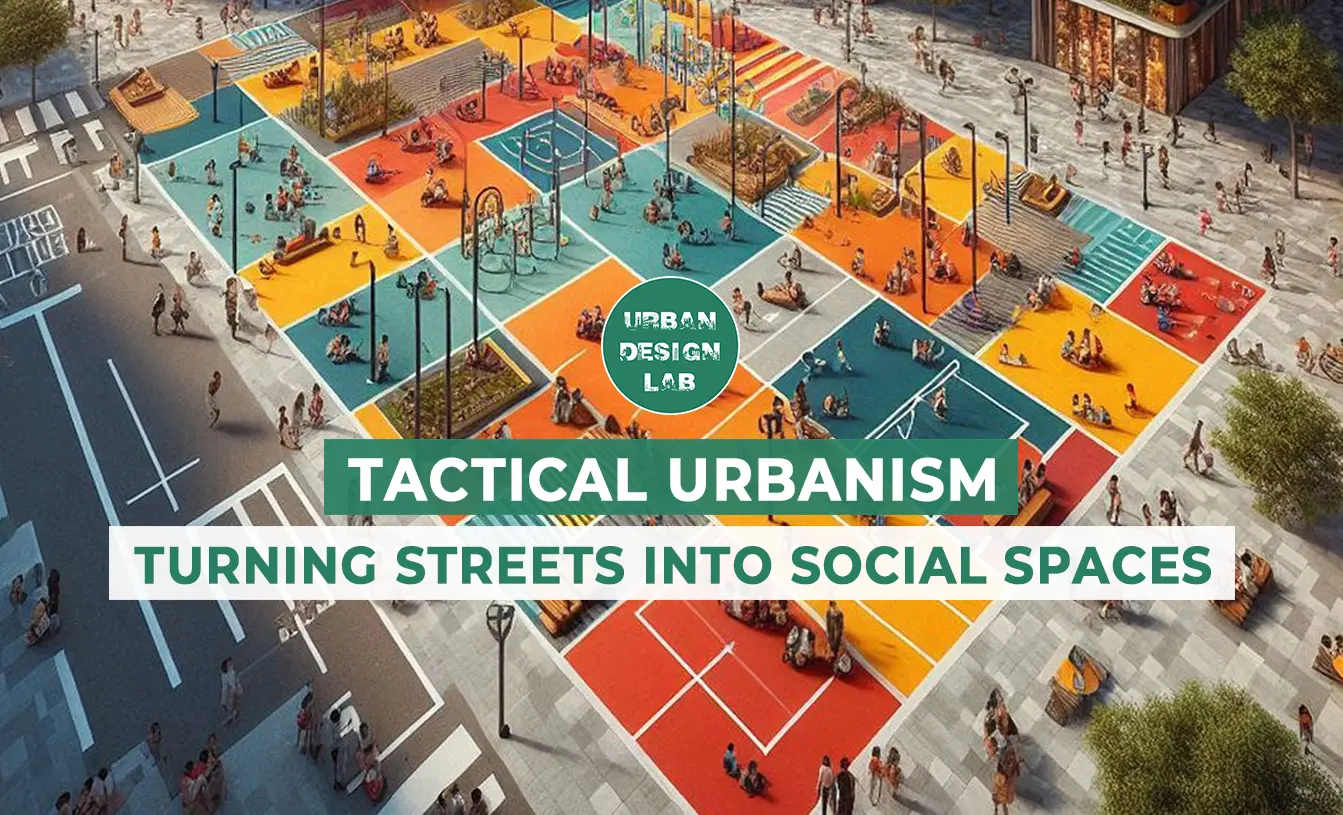
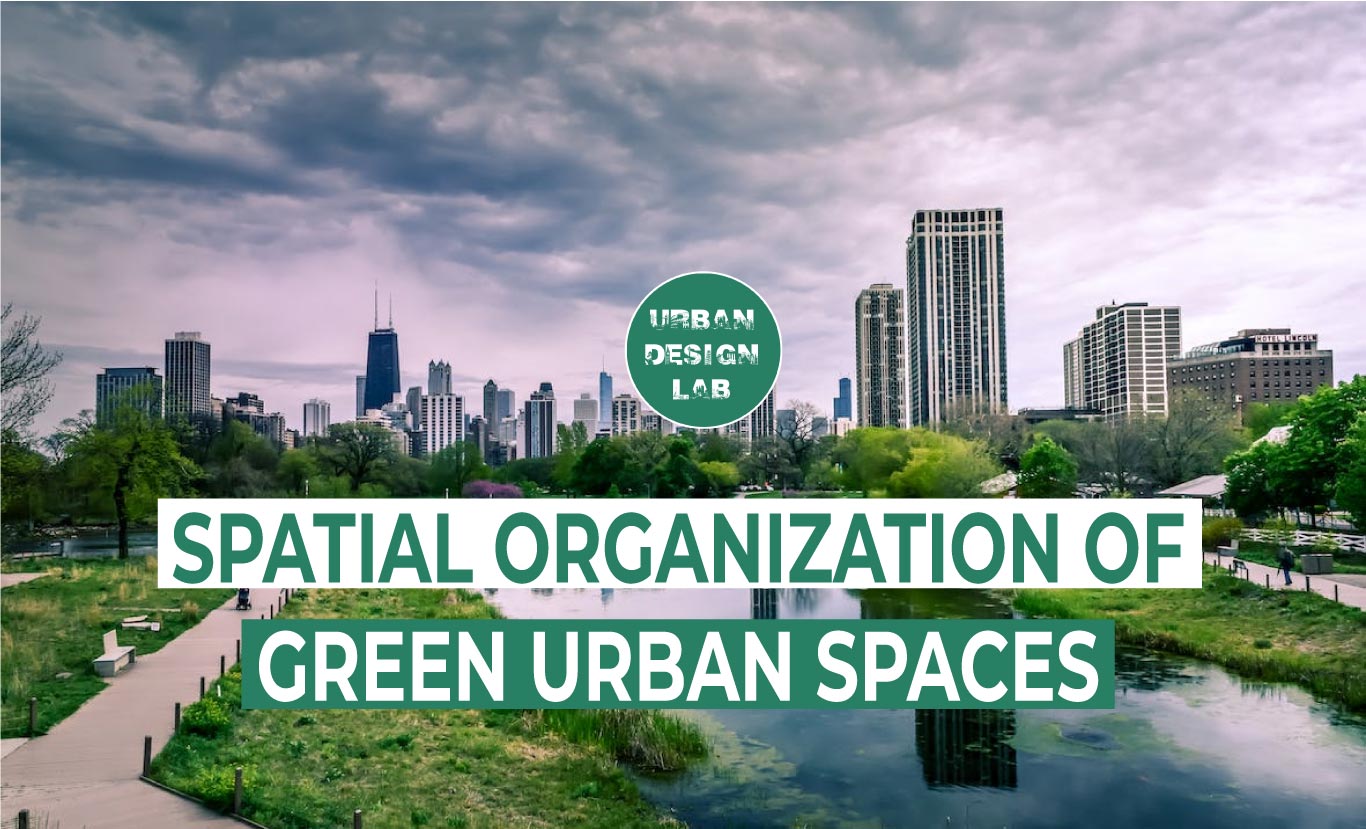
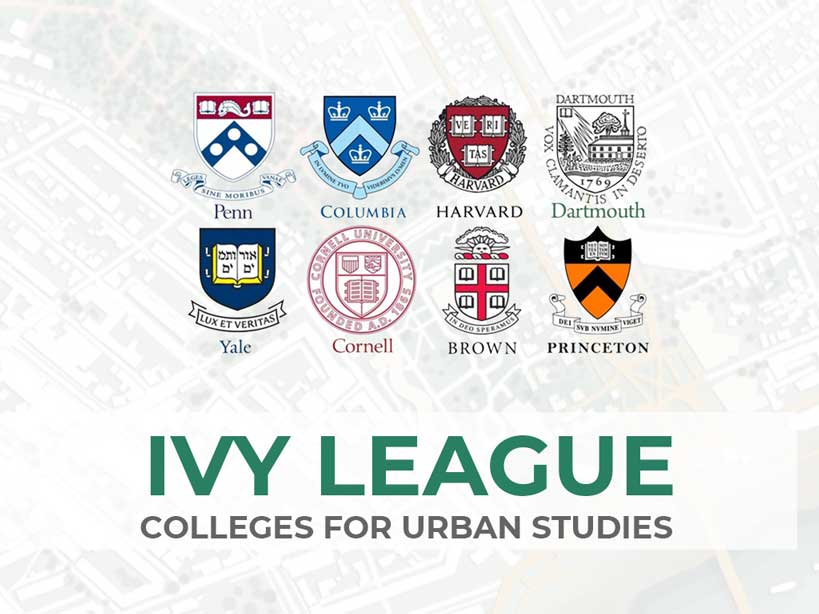
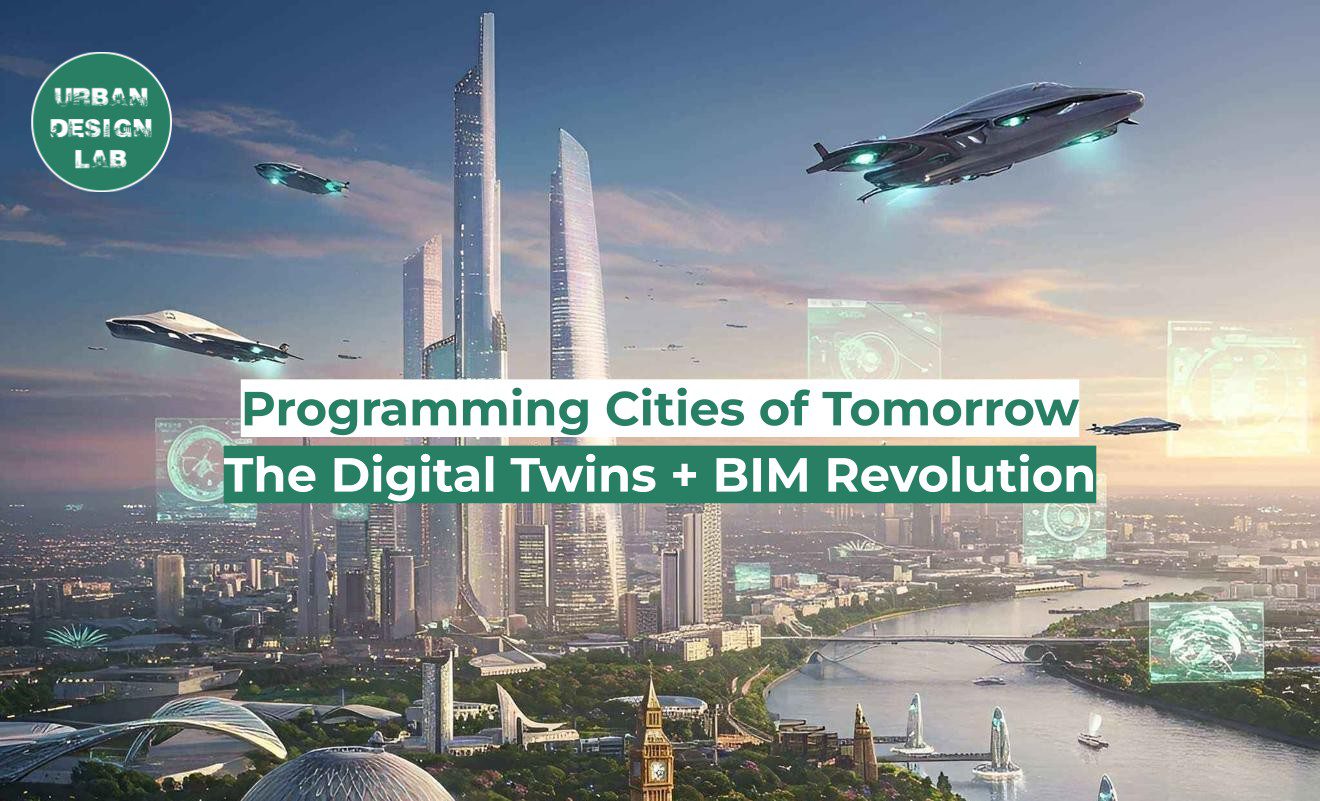
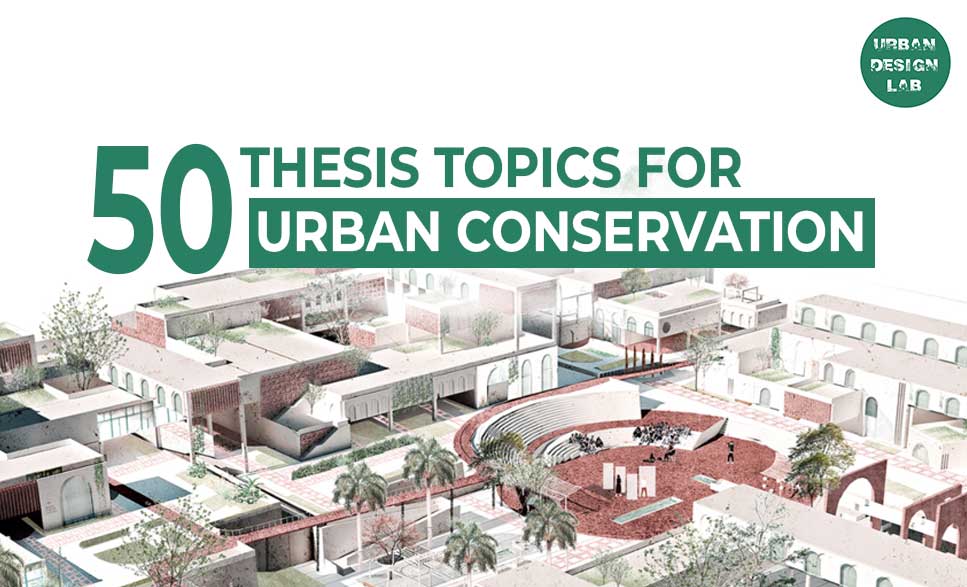







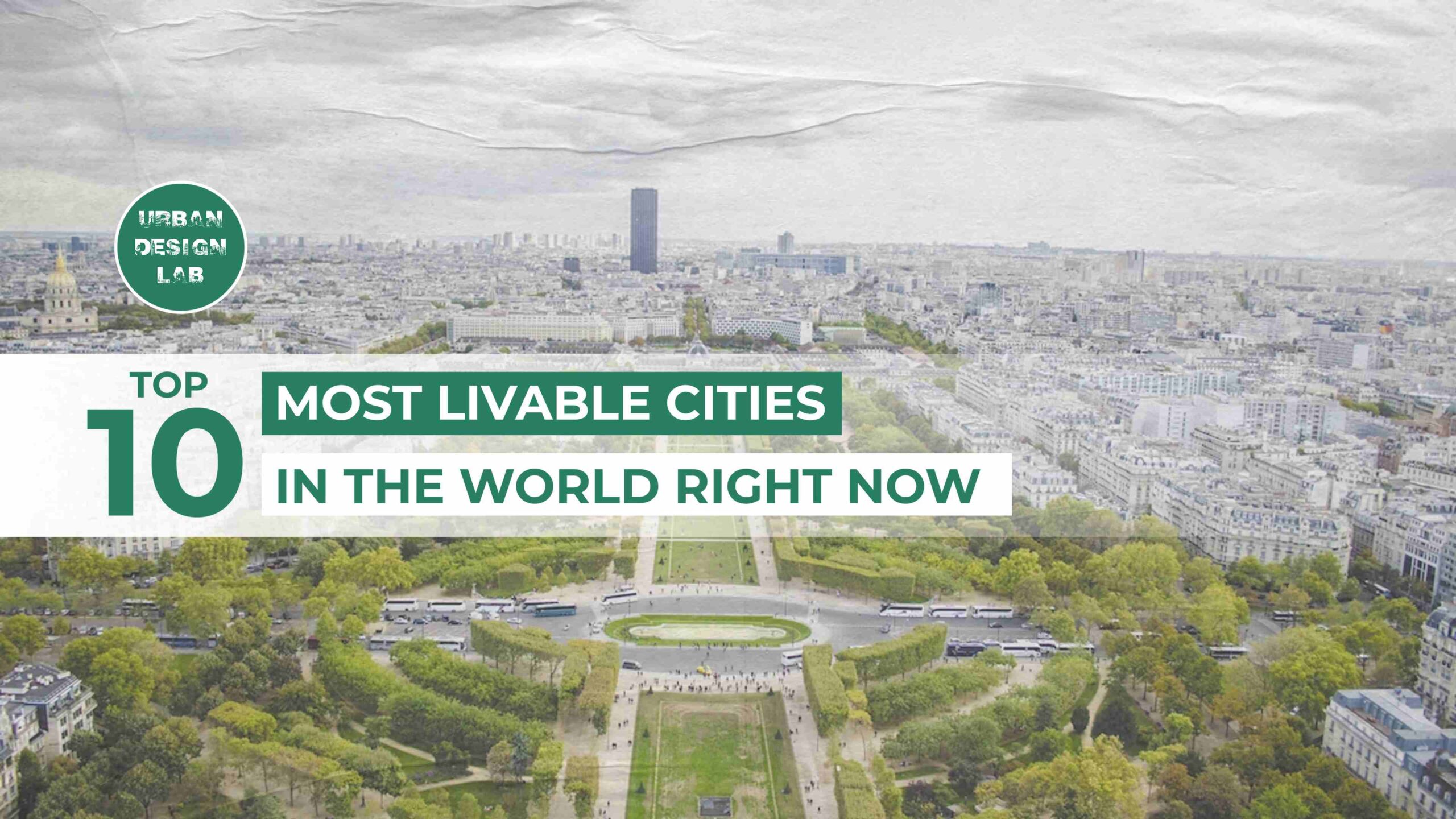
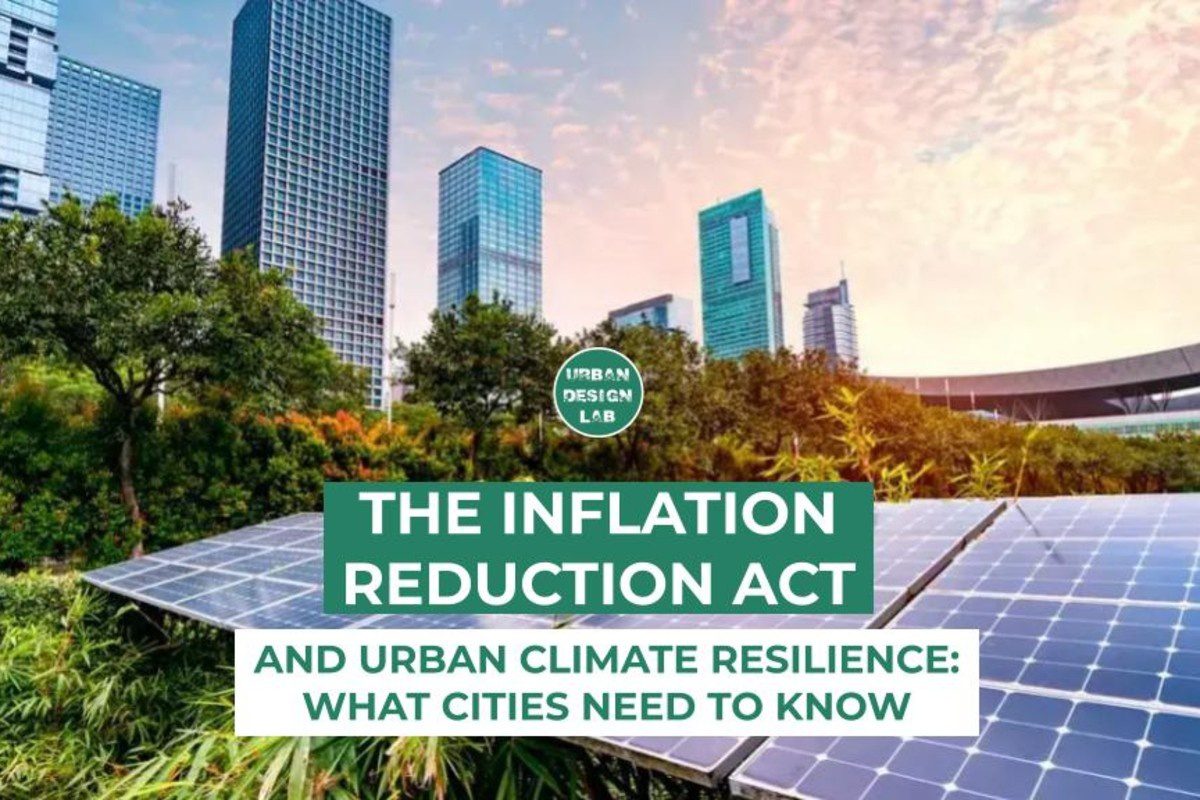

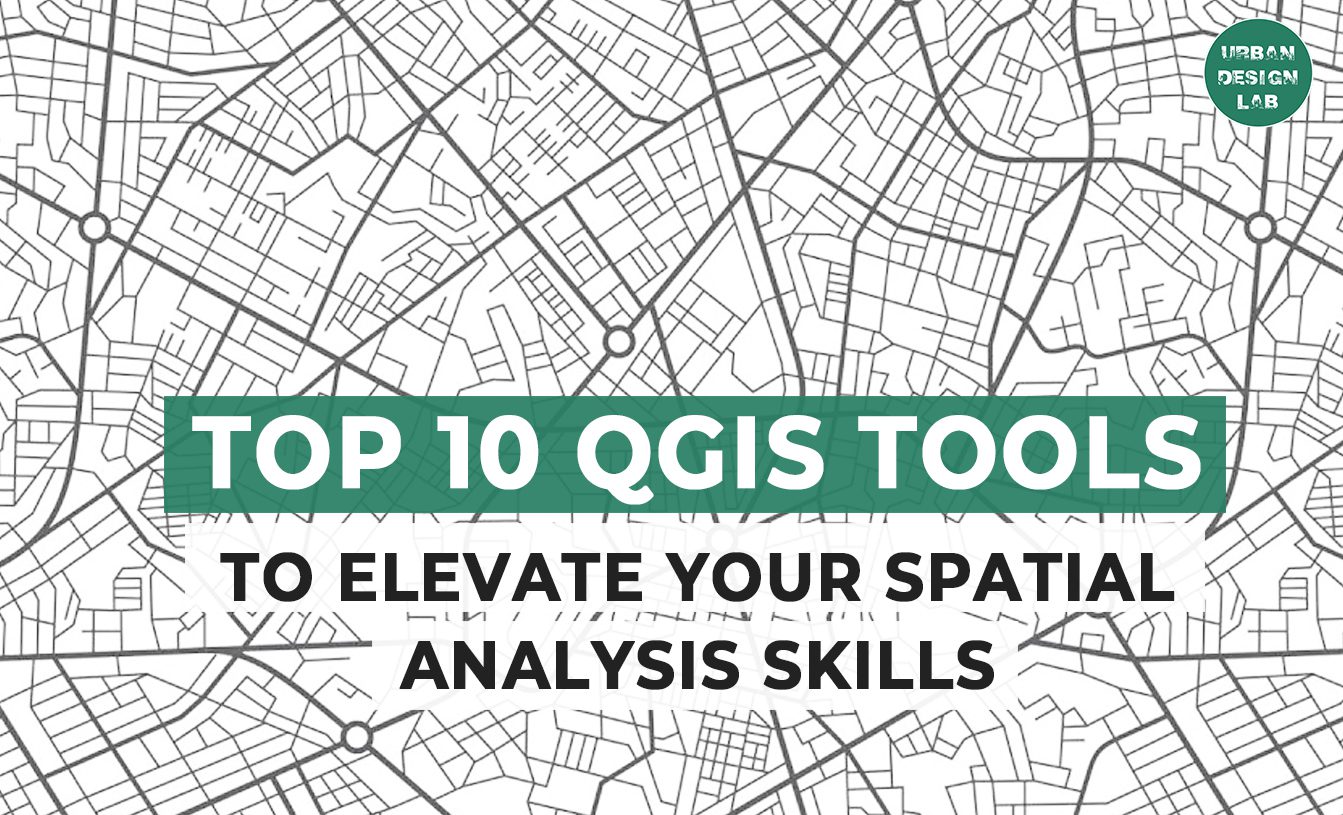


One Comment
can i buy this book online?? Thanks Alfredo